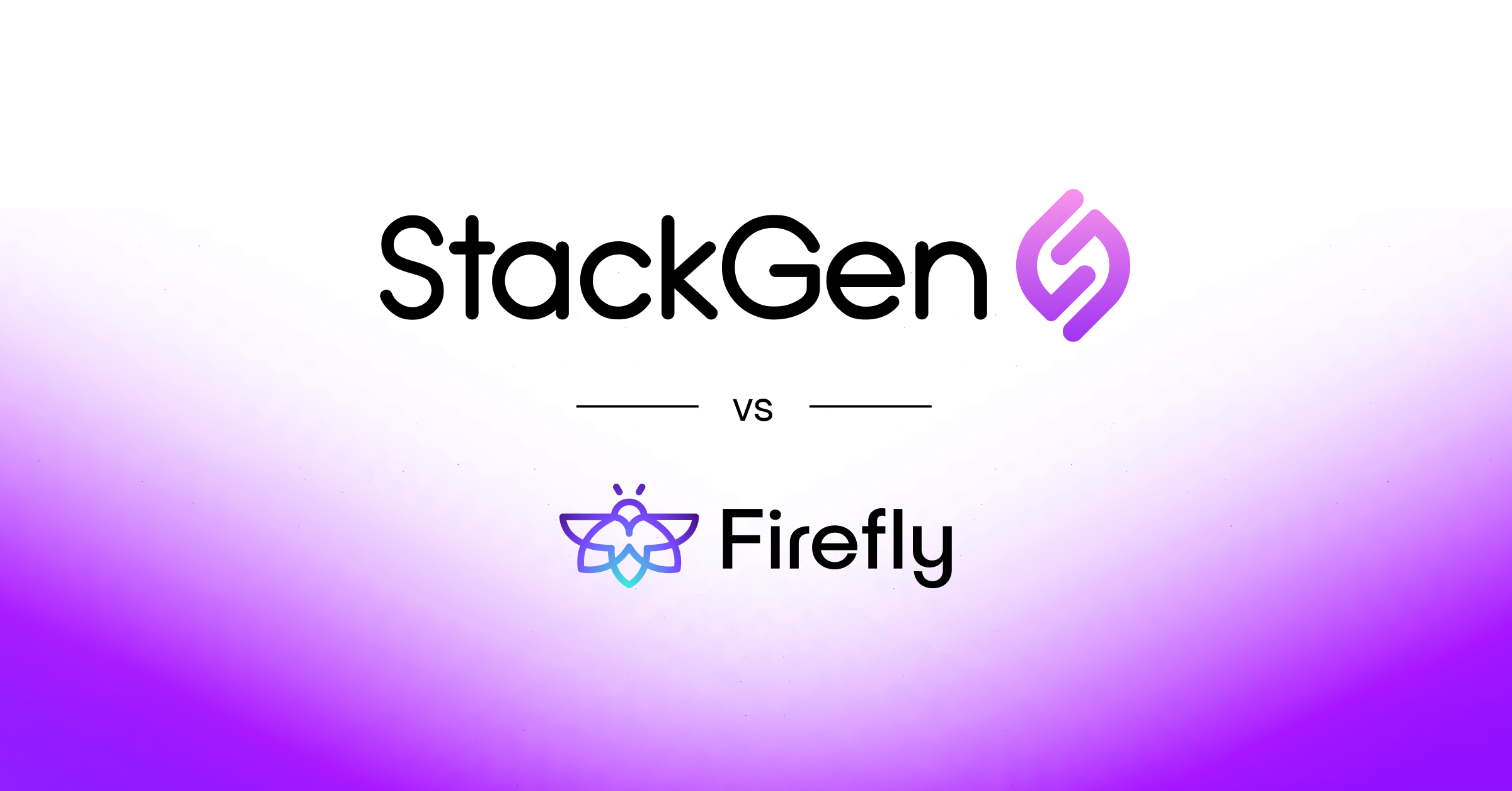|
Infrastructure from Code (IfC)
|
Supports Terraform IaC generation from app code, canvas UI, Terraform state, live cloud, Backstage models, and AI prompts
|
Limited to live cloud discovery
|
|
Visual Infrastructure Design
|
Visual drag-and-drop canvas (Infracomposer)
|
No visual design capabilities
|
|
Policy Enforcement
|
Policies embedded during generation (IAM, security, architecture patterns) with StackGuard
|
AI-native Policy-as-Code; validates and enforces policies via IaC workflows
|
|
Asset Discovery
|
Full cloud asset discovery with dependency-aware module carve-outs
|
Discovery without dependency mapping or module substitution
|
|
Security & Compliance
|
Auto-remediation of violations with one-click fixes and embedded policy packs
|
Detection and AI suggestions only; no automated enforcement
|
|
Compliance Dashboard
|
Centralized dashboard across appStacks with support for MARS-E, NIST, CIS
|
Not available
|
|
Drift Management
|
Visual diffs, cross-environment drift detection, automated remediation (StackAnchor)
|
Single-environment drift detection with AI suggestions
|
|
Module Lifecycle
|
GenAI-powered module editor, version control, VS Code plugin, registry publishing
|
Not supported
|
|
GenAI Integration
|
Full GenAI support: infra creation, policy logic, module authoring
|
Limited to AI suggestions for drift remediation
|
|
Cloud Migration
|
Live migration across AWS, Azure, GCP with full Terraform generation
|
Not supported
|
|
Cloud-to-Code
|
Scans existing AWS, Azure, GCP infrastructure to generate Terraform for re-architecture
|
Not supported; limited to live discovery
|
|
Dev & DevOps Collaboration
|
Structured producer-consumer flows, PR-driven deployment via GitHub, GitLab, Jenkins with approvals and guardrails
|
No modular collaboration model
|
|
Ecosystem Integration
|
Terraform & OpenTofu, Terraform Registry, GitHub, GitLab, Jenkins, Backstage, CI/CD, cloud providers
|
Git, CI/CD, and Backstage plugin for visibility
|
|
Pricing Model
|
Free to use for individual developers. Enterprise Edition for SaaS model
|
Tiered pricing based on usage and features, with advanced capabilities gated behind higher plans
|













.png)